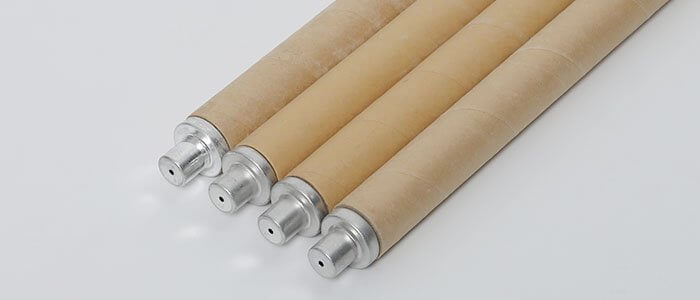Introduction:
Thermocouples are invaluable instruments in various industrial applications, particularly in processes where precise temperature control is essential, such as casting, manufacturing, and chemical processing. To ensure the accurate and reliable performance of thermocouples, it is crucial to observe certain precautions during their use and handle them appropriately when finished. This essay will highlight key considerations for using thermocouples and provide insights into proper handling procedures at the end of their usage.
Considerations When Using Thermocouples:
1. Calibration and Accuracy:
Regular calibration is fundamental to the accurate functioning of thermocouples. Users should periodically check and calibrate these temperature sensors to account for any potential drift or degradation in accuracy over time. Calibrating against a known temperature reference helps maintain the reliability of temperature readings.

2. Proper Installation:
Correct placement of thermocouples is essential for obtaining accurate temperature measurements. Ensure that thermocouples are installed in the appropriate locations within the casting mold, furnace, or any other relevant environment. Proximity to the heat source and consideration of potential thermal variations are critical factors to be mindful of during installation.
3. Material Compatibility:
Different thermocouple types are designed for specific temperature ranges and environments. It is imperative to choose the right type of thermocouple for the intended application. Consider factors such as the material being measured, temperature extremes, and the chemical environment to ensure compatibility and optimal performance.
4. Avoiding Mechanical Stress:
Thermocouples are sensitive instruments that can be adversely affected by mechanical stress. Avoid bending or twisting the wires excessively, as this can lead to damage or inaccurate readings. Proper handling during installation and routine maintenance helps prevent mechanical stress on the thermocouple components.
5. Shielding from Electromagnetic Interference:
In industrial settings, thermocouples may be exposed to electromagnetic interference, which can distort temperature readings. Shield thermocouple wires and keep them away from sources of electromagnetic interference to ensure accurate measurements.
Handling Thermocouples When Finished:
1. Cooling Period:
After the casting or manufacturing process is complete, allow the thermocouple to cool naturally before handling it. Sudden temperature changes can stress the materials and affect the long-term durability of the device.
2. Gentle Removal:
When removing thermocouples from the casting mold or furnace, handle them with care to avoid mechanical stress. Use appropriate tools, and avoid pulling or twisting the wires forcefully. Gentle removal helps prevent damage to the thermocouple and ensures its continued reliability.
3. Cleaning and Storage:
Clean thermocouples carefully to remove any residue or contaminants that may have accumulated during use. Store thermocouples in a clean and dry environment to prevent corrosion or deterioration. Consider using protective covers for the exposed junctions when not in use.
4. Documentation:
Maintain thorough documentation of the thermocouple’s usage history, including calibration dates, installation locations, and any maintenance performed. This information is valuable for troubleshooting, quality control, and compliance with industry standards.
Conclusion:
In conclusion, the proper use and handling of thermocouples are vital for maintaining their accuracy and reliability in industrial applications. Adhering to best practices such as regular calibration, correct installation, and careful handling during and after usage ensures that thermocouples continue to provide accurate temperature measurements. By incorporating these considerations into daily operations, industrial professionals can maximize the lifespan and performance of thermocouples, contributing to the overall efficiency and quality of their processes.


